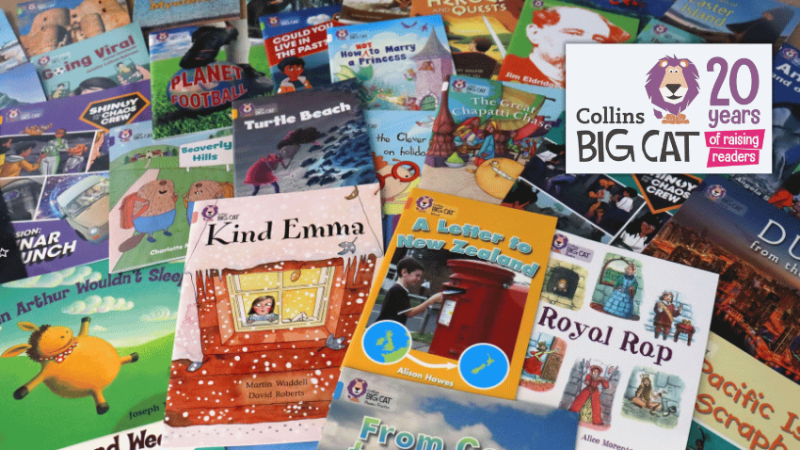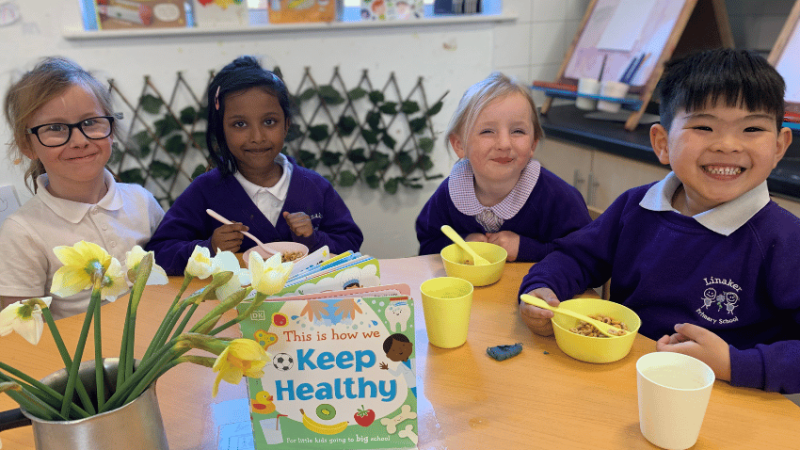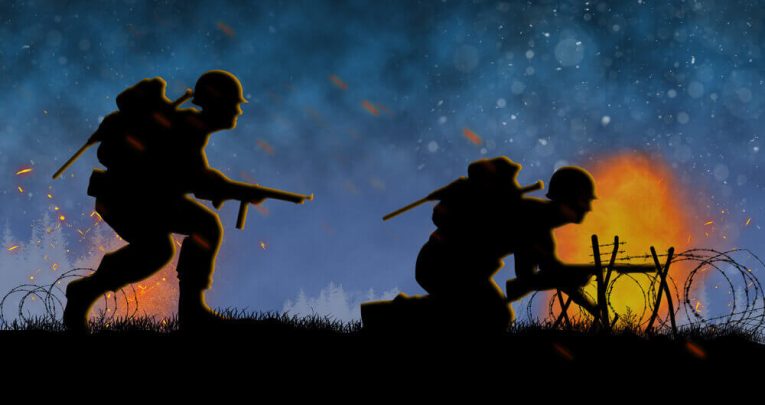Storytelling – How to boost children’s recall and knowledge

Getting children actively engaged in a narrative and playing with role can unleash the power of story and boost recall and knowledge, says Debra Kidd…

- by Debra Kidd
- Educator, author and speaker with over 30 years in teaching Visit website

The ancients understood the power of story to unite communities, build identity and make sense of the world.
From creation stories to myths and legends, religious texts and parables, stories have long been the vehicle through which human experience is interpreted.
It’s no surprise then that stories are considered by cognitive scientists such as Daniel Willingham to be ‘psychologically privileged’ in the human mind.
Willingham breaks down the elements of story that the human brain connects with into the four Cs – causality, complication, conflict and character.
When these four elements are in place, children are far more likely to recall information than when that information is presented in expository form.
A critical element of the memorability of narrative rests on the notion of causality – the ‘why’ of how things happen.
EM Forster offers this example: “A plot is also a narrative of events, the emphasis falling on causality. ‘The king died and then the queen died’ is a story. ‘The king died, and then the queen died of grief’ is a plot. The time-sequence is preserved, but the sense of causality overshadows it… Consider the death of the queen. If it is in a story we say: ‘And then?’ If it is in a plot we ask: ‘Why?’”
What a teacher can add to this plot to fully draw children in is a pivot of action.
A pivot would shift the story from being passively to actively received: ‘The king died, and then the queen died of grief, and now her children need our help.’
Placing the children within the story with a job to do is one way of bringing cognitive, emotional and social aspects of learning together – a little like bringing light, water and nutrients to a plant.
Adding a pivot to the story brings in the children directly.
Getting children actively engaged in the narrative means adopting roles and responsibilities, and we are beginning to learn a little about why this is such a powerful pedagogic tool.
Cognitive science has called it the ‘Batman effect’.
While the initial research was with very young children, it goes a long way to explaining what I see in my own work – that learners exhibit heightened language skills, concentration and perseverance when working in role.
This goes beyond simply enacting a role; it links deeply to the brain’s ability to develop and ‘practise’ states of being.
Trending
According to Christopher Berglan, “Because our brain’s neural circuitry is malleable and can be rewired through neuroplasticity one’s tendency for empathy and compassion is never fixed.
We all need to practise putting ourselves in someone else’s shoes to reinforce the neural networks that allow us to ‘love thy neighbor as thyself’.”
One possible way that teachers can utilise the Batman effect to develop not only perseverance but also compassion is to place the children into role and deep dilemma.
What story allows us to do is to give children the opportunity to experience and engage with what Christine Counsell describes as “an indirect manifestation of knowledge”.
She discusses the ‘hinterland’ of learning – the place where story is powerfully connected to the knowledge; enhancing, connecting and utilising it rather than distracting from it.
Counsell offers some strong examples of how this hinterland might be used in class, but it is still offered as something external to the children – by definition, distant to them.
I would argue that a far more powerful means of engaging children in powerful knowledge is to place them right in it: a ‘hitherland’.
In order to place children in a story, rather than situate them simply as recipients of a story, the learning is necessarily active and verbal.
Vocabulary and action sit at the heart of this work, so the teacher is very engaged not just as a deliverer or facilitator but as a multifaceted and adaptive force for change.
In this realm of story, the teacher can be she who knows. Or who doesn’t know. Or who litters the classroom with the debris of difficulty, throwing obstacles in the way in the form of questions.
Whatever role the teacher plays, they are always deeply present, agile and skilled – this is not learning by numbers, but it is the kind of humane, creative work that can unleash the professional imagination and remind us of why we went into the job in the first place.
Debra Kidd has worked in education for over 20 years and has delivered CPD nationally and internationally. Find her at debrakidd.wordpress.com and follow her on Twitter at @debrakidd.










